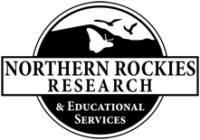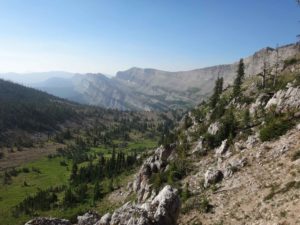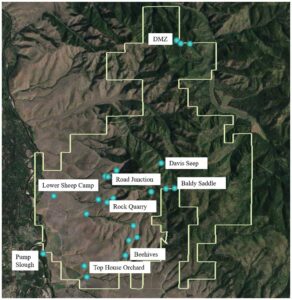By: Carrie Voss, Mat Seidensticker, and Kate Stone
Few people or institutions collect insects, and even fewer collect moths. During our project, we collected thousands of insects and identified them based on their DNA. This winter, we compiled our insect data from 2017 and 2018 to share with the Montana Natural Heritage Program, Leps Fieldguide, and iNaturalist.
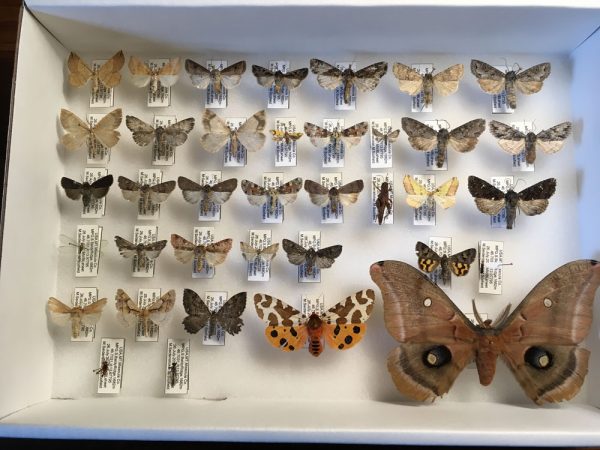
The Montana Natural Heritage Program provides a field guide on the identification, distribution, status, and ecology of Montana’s biota. We provided them with over 1,000 moth and other insect records confirmed to species by DNA. At least 200 were new to the Montana Field Guide. Potentially, we have added 126 new moth species records for Montana and 398 for Missoula County.
Leps Fieldguide uses pattern recognition to help users identify butterflies and moths around the world. In addition to Leps Fieldguide, they also have field guides for birds, fungi, plants, dragonflies and damselflies. We added 644 moth photos of 433 species. These additions will help train their software to recognize our local moths, making identification easier for the Citizen Scientists we work with.
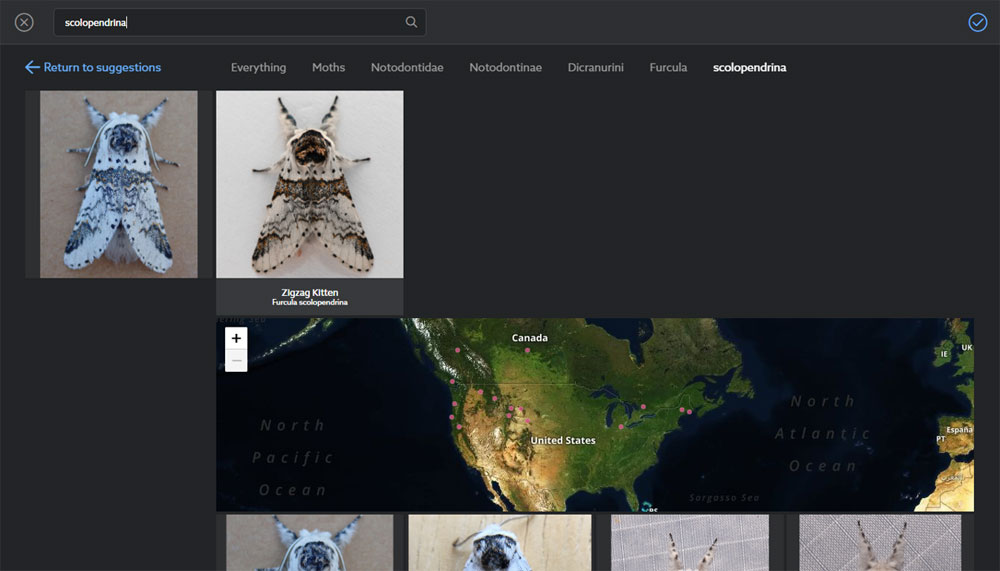

As we uploaded photos to Leps Fieldguide, we also cross-published to iNaturalist. This program is similar to Leps Fieldguide but it focuses on all organisms. Our submissions got the attention of Chuck Harp, Rocky Mountain Zone Coordinator for the Lepidopterists’ Society, and curator of moth collections at the C.P. Gillette Museum of Arthropod Diversity at Colorado State University. Chuck showed enthusiasm for our moth collections and offered help for our future moth projects. We discussed storing our moth specimens at the museum and sharing 3,000 to 4,000 moths for him to voucher this year. We are excited to announce that Chuck plans to visit MPG Ranch this summer. Chuck was most intrigued by our submission of the Sokar Swallow (Sympistis sokar), potentially a new species record for Montana.
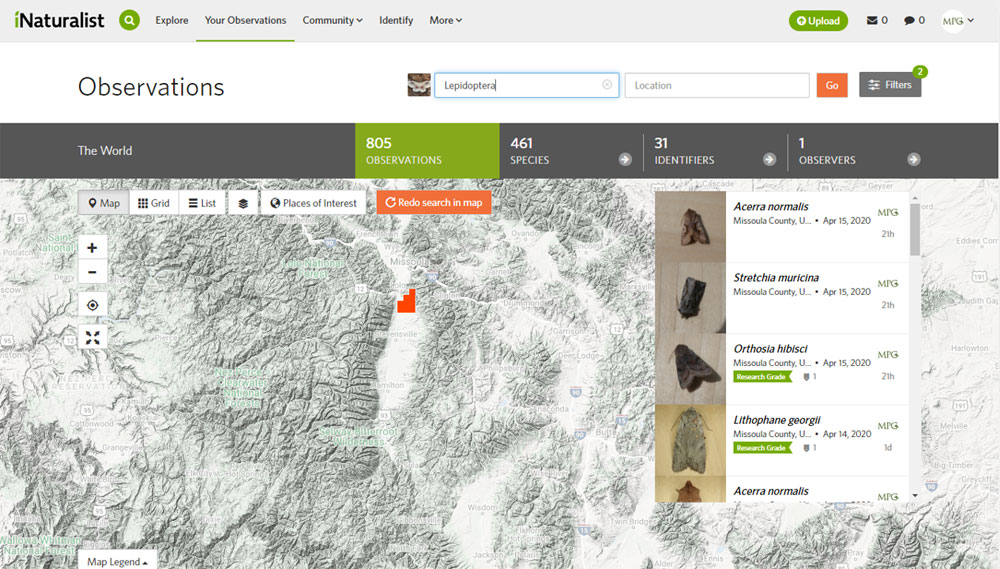
We will continue to work on sharing and submitting more samples to these entities as we process more specimens. You can follow our progress on both Leps Fieldguide and iNaturalist by searching for our user name: mpgranch. We encourage anyone taking pictures of moths or other organisms to consider sharing their observations to Fieldguide or iNaturalist. Feel free to contact us with any questions!
Download the Dispatch: The Power of Sharing, January 27, 2020 (PDF)
